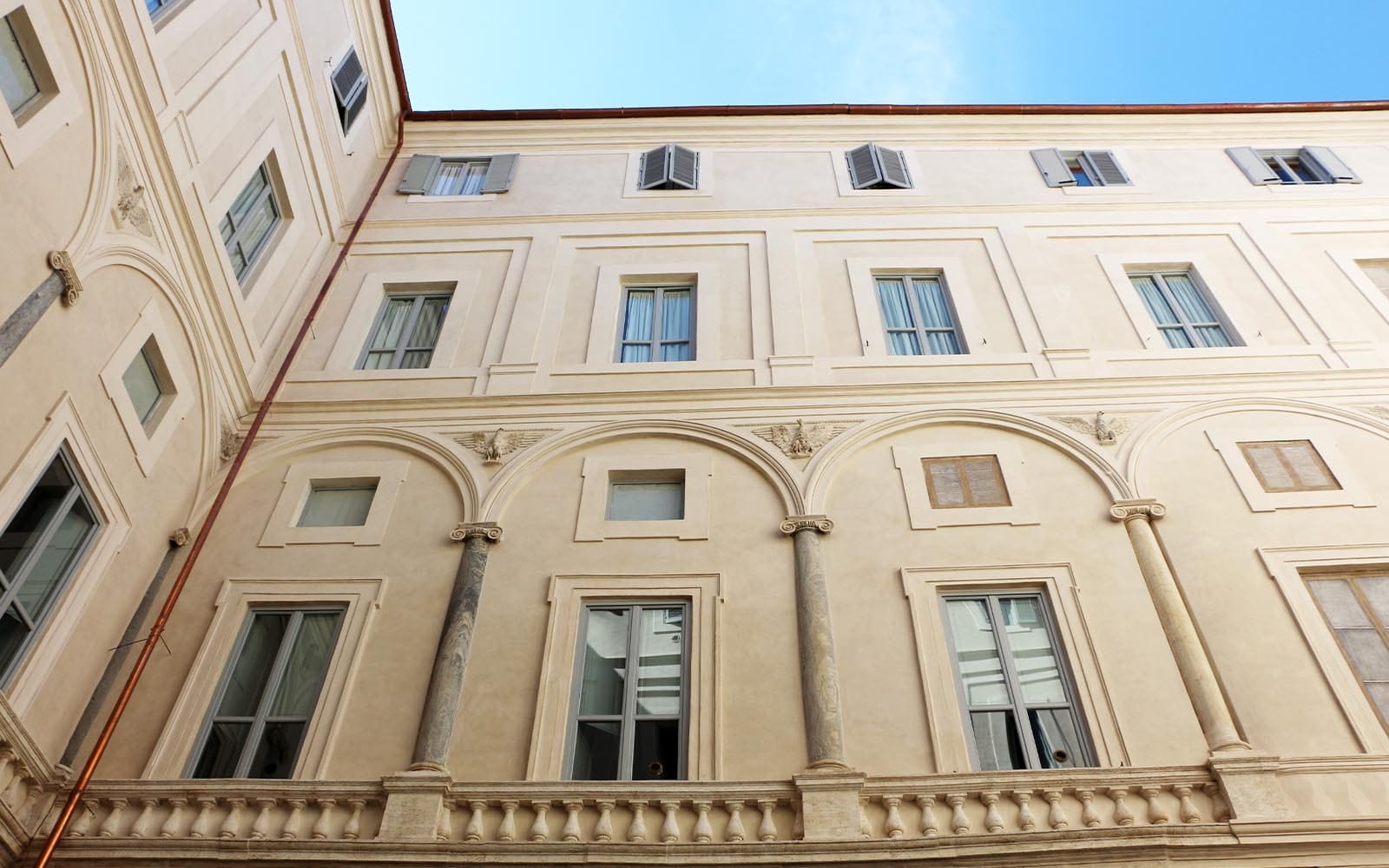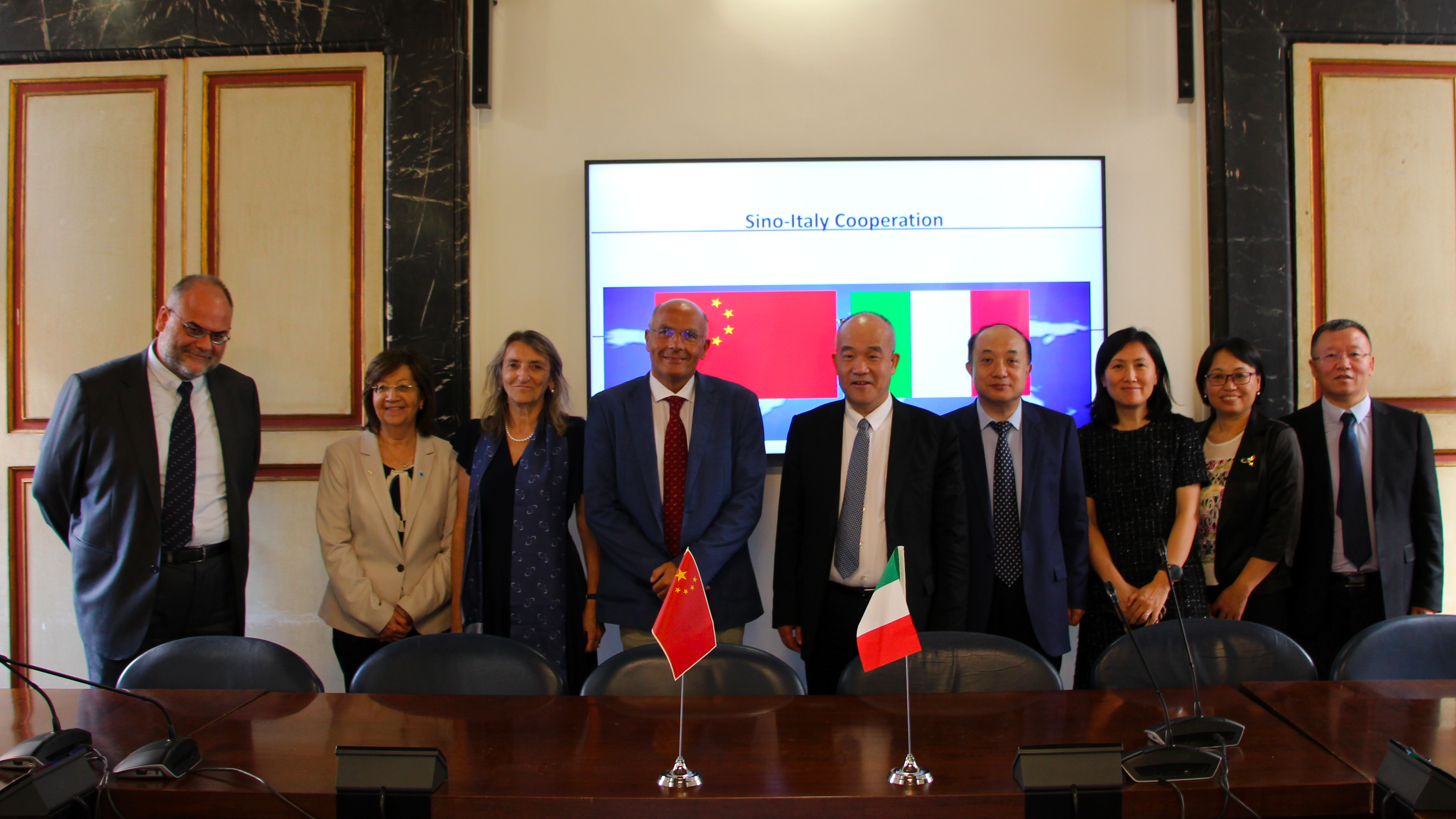
For decades, scientists have thought that galactic cosmic rays were accelerated, up to the highest observed energies, in what remains after the explosion of a supernova. Today, the MAGIC (Major Atmospheric Gamma-ray Imaging Cherenkov) telescopes, in which Italy is participating with INFN and the Italian Institute for Astrophysics (INAF), studying the residue of the Cassiopeia A supernova – which had so far been considered one of the best cosmic accelerator candidates – have discovered that, in reality, it does not have the necessary energy. This result, though revealing to us that the hypotheses concerning Cassiopeia A were incorrect, is of great interest and impact for the scientific community: in fact, by eliminating one of the best cosmic accelerator candidates, it clearly indicates that we must also extend our search in other directions. Cosmic rays are particles that fill our galaxy with a broad energy spectrum, up to energies far superior to those that manage to reach the laboratories on Earth. Cassiopeia A, a famous supernova residue, produced by a giant explosion of a massive star approx. 350 years ago, seemed to be the perfect candidate for a PeVatrone, i.e. a particle accelerator up to energies in the order of the PeV (1 PeV = 1,000 TeV). However, contrary to what was expected, in Cassiopeia A, particle energy only reaches a few tens of TeV. The study that led to this conclusion was led by scientists from the Institute for Spatial Sciences (ICE – IEEC-CSIC, CSIC), the Institute for High Energy Physics (IFAE) and the Institute of Cosmic Sciences of the University of Barcelona ICCUB), Spain, and is based on more than 160 hours of data acquired between December 2014 and October 2016 by the MAGIC telescopes.





